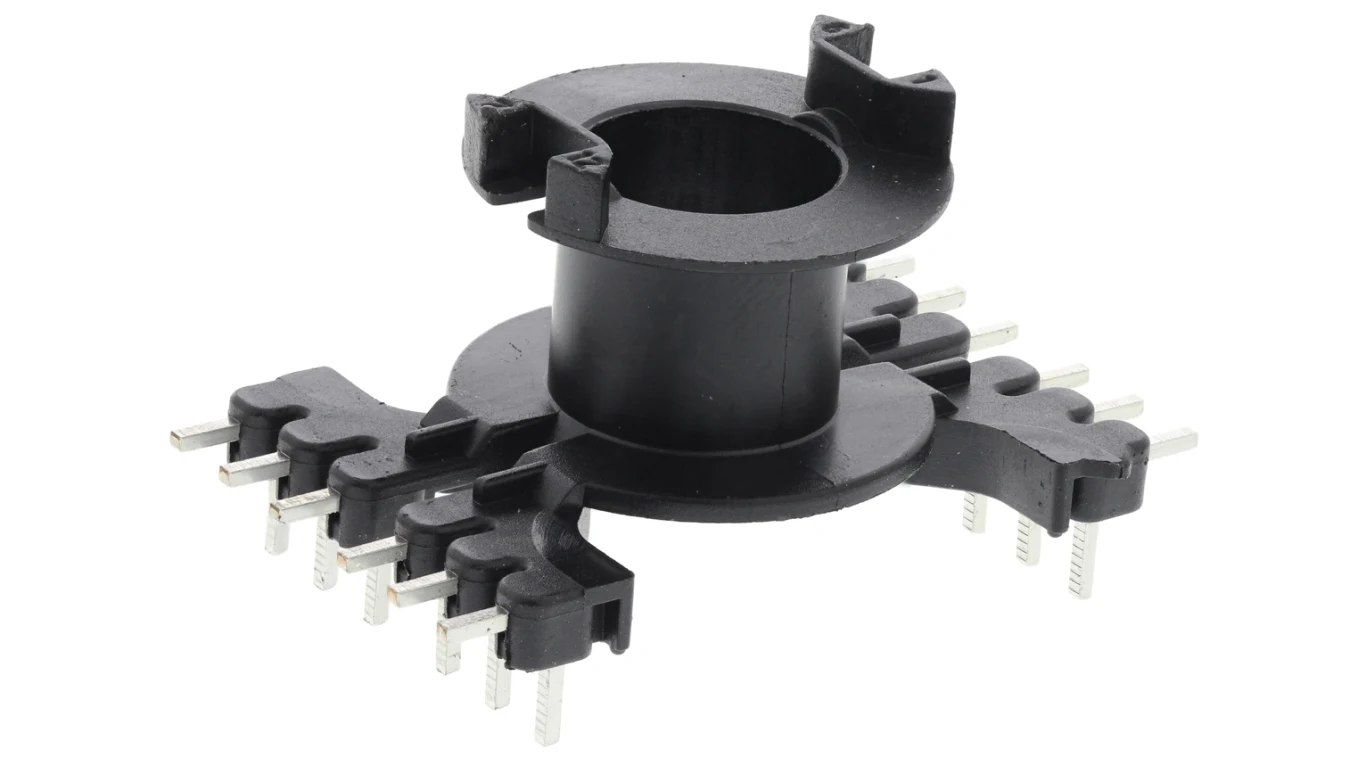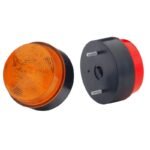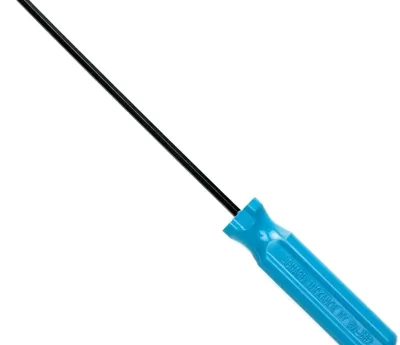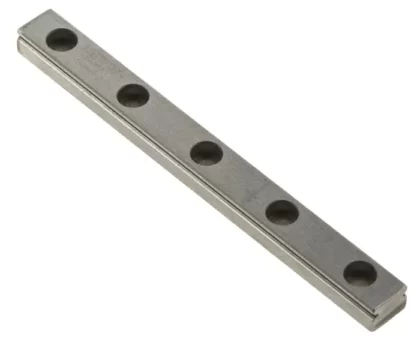In the late 20th century, miniaturization became a major trend in the design of coil formers. With the growing demand for smaller and more efficient components, coil formers were designed to be smaller and lighter, while still providing the necessary mechanical support for the coil.
The role of Coil Former in Electromagnetic Design
The role of the coil former in electromagnetic design is critical as they provide the mechanical structure that supports the coil windings. Without a coil former, the windings would not be able to maintain their shape and stability, leading to issues such as poor electrical performance, high losses, and short circuits.
Coil formers play a crucial role in determining the performance and reliability of the final coil product. They not only provide mechanical support but also influence the electrical properties of the coil, such as its inductance, resistance, and capacitance. The design of the former can also affect the coil’s heat dissipation and thermal stability, which is important for applications that require high power handling capabilities.
Types of Coil Former
There are several types of coil formers that are commonly used in electromagnetic design, each with its own specific advantages and disadvantages. Some of the most common types of coil formers include:
Plastic Bobbin
Plastic bobbins are the most basic type of coil formers and are commonly used in low-power applications due to their low cost and ease of manufacture. They are made from a variety of materials, including polystyrene, polycarbonate, and nylon.
Ceramic Bobbin
Ceramic bobbins are more expensive than plastic bobbins but offer improved thermal and electrical performance. They are commonly used in high-power applications because they can withstand high temperatures and provide excellent insulation properties.
Phenolic Bobbin
Phenolic bobbins offer improved electrical and thermal performance compared to plastic bobbins. They are commonly used in high-power applications due to their high dielectric strength and ability to withstand high temperatures.
Metal Bobbin
Metal bobbins offer improved mechanical strength and stability compared to other types of coil formers. They are commonly used in high-power applications where the coil needs to withstand high levels of mechanical stress.
Laminated Bobbin
Laminated bobbins are made by layering different materials, such as metal and plastic, to provide a combination of mechanical strength and electrical insulation. They are commonly used in high-power applications where both mechanical stability and electrical insulation are important.
Specific Applications of the Coil Former
- Power Transformers: Coil formers are an essential component in the design of power transformers, providing the mechanical structure that supports the primary and secondary windings.
- Inductors: Coil formers are used in the design of inductors, which are passive components that store energy in a magnetic field. The coil former provides the mechanical structure that holds the windings in place and helps maintain the shape and stability of the inductor.
- Motors: Coil formers are used in the design of motors, providing the mechanical structure that supports the windings that generate the magnetic field required for motion.
- Relays: Coil formers are used in the design of relays, providing the mechanical structure that supports the coil windings that generate the magnetic field required to switch the contacts.
- Solenoids: Coil formers are used in solenoids’ design, which converts electrical energy into linear mechanical motion. The coil former provides the mechanical structure that supports the windings and helps maintain the shape and stability of the solenoid.
- Chokes: Coil formers are used in the design of chokes, which are passive components that reduce the amount of high-frequency noise in an electrical circuit. The coil former provides the mechanical structure that supports the windings and helps maintain the shape and stability of the choke.
The Benefits Of Miniaturization In Coil Former Design
Miniaturization in coil former design can bring many benefits, some of which are:
- Reduced size and weight: Miniaturized coil formers are smaller and lighter compared to their larger counterparts. This makes them more convenient to use and transport, and also reduces their overall cost.
- Increased efficiency: Smaller formers can reduce the size and number of windings required to produce a given inductance. This can result in higher efficiency, as there is less wire resistance and parasitic capacitance.
- Improved thermal performance: Smaller formers can offer improved thermal performance, as there is less surface area for heat to dissipate from. This can result in higher power handling capability and longer component lifetime.
- Increased flexibility: Miniaturized formers can be used in a wider range of applications, due to their small size and reduced weight. They are also easier to integrate into compact systems, as they take up less space.
- Enhanced reliability: Miniaturized formers can offer improved reliability, as there is less material to fail and fewer connections to degrade over time. Additionally, the reduced size and weight can reduce the stress on components during assembly and operation.
Emerging Trends And Innovations In Coil Former Technology
- 3D printing: 3D printing technology has become more advanced and accessible, and it is now possible to print complex coil formers with high precision. This has led to increased design flexibility, reduced lead times, and the ability to produce low-volume, custom-designed components.
- Miniaturization: Miniaturization continues to be a major trend in coil former technology, as more and more applications demand compact, high-performance components. Innovations in materials and manufacturing processes are making it possible to produce smaller, lighter, and more efficient formers.
- Advanced materials: Advanced materials, such as ceramic and carbon fiber, are being used to produce coil formers with improved electrical, thermal, and mechanical properties. These materials offer high insulation resistance, high-temperature stability, and low weight, making them ideal for high-performance applications.
- Intelligent formers: There is a growing trend towards the development of “intelligent” formers that incorporate sensors, actuators, and microcontrollers. These formers can monitor and control the electrical performance of the coil, and can also provide real-time data on temperature, vibration, and other parameters.
- High-frequency applications: Coil formers are increasingly being used in high-frequency applications, such as radio-frequency identification (RFID) and wireless power transfer (WPT). Innovations in material and manufacturing processes are enabling the production of formers with high Q values and low loss tangents, making them ideal for these applications.





